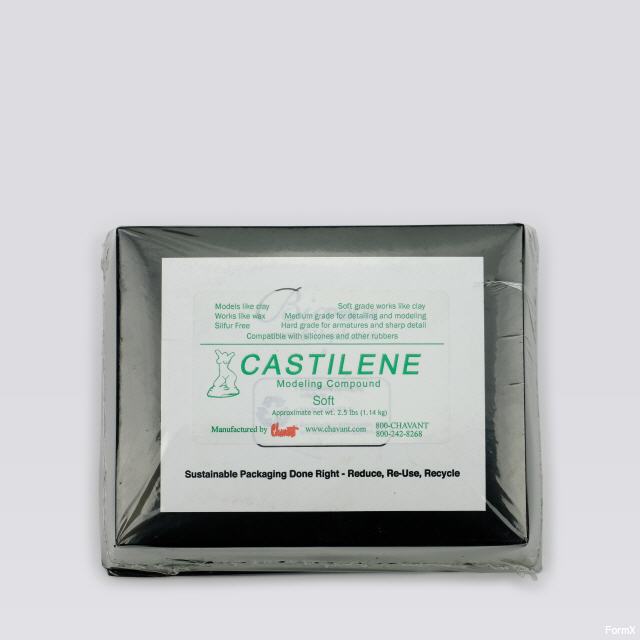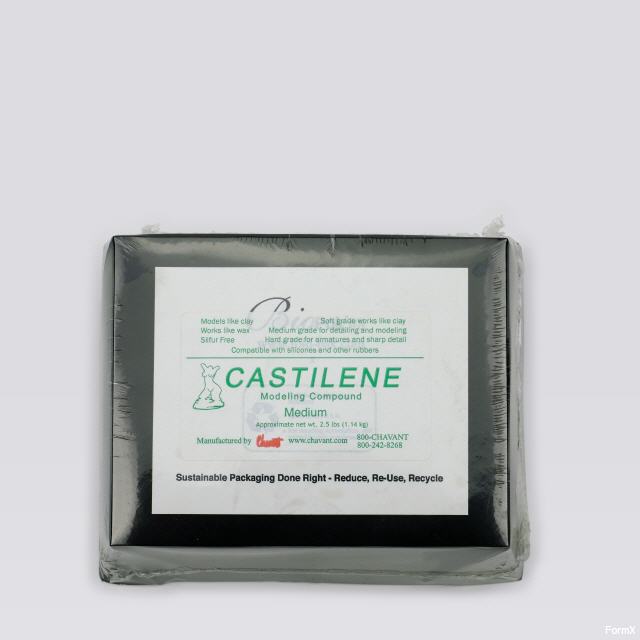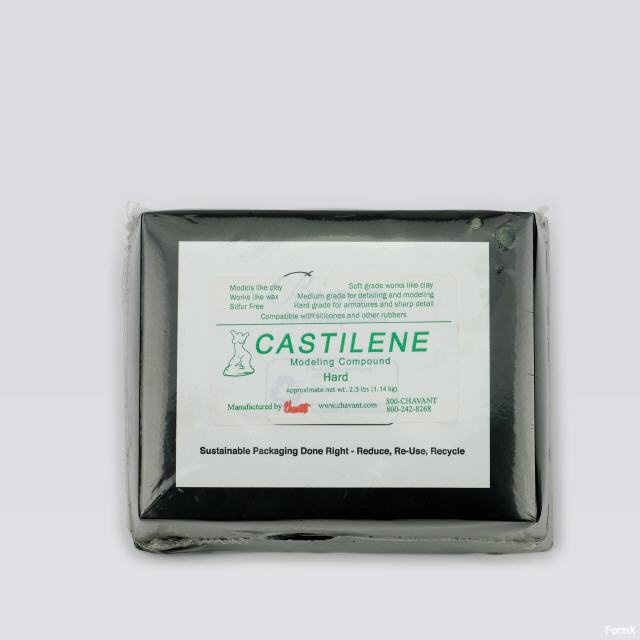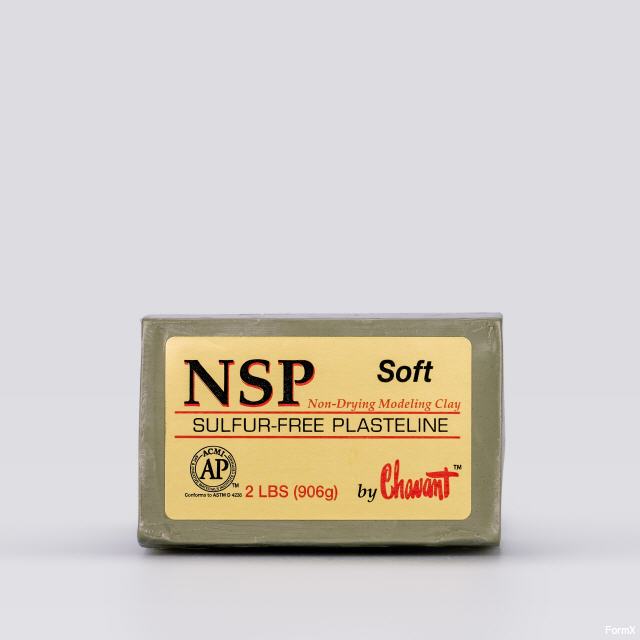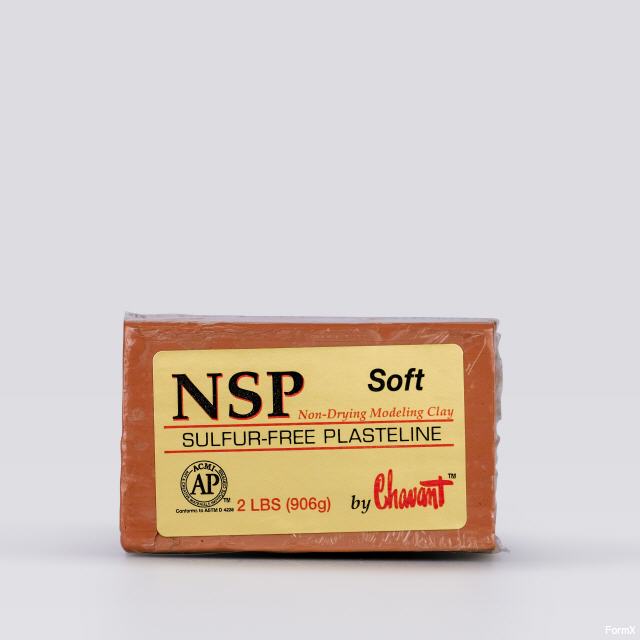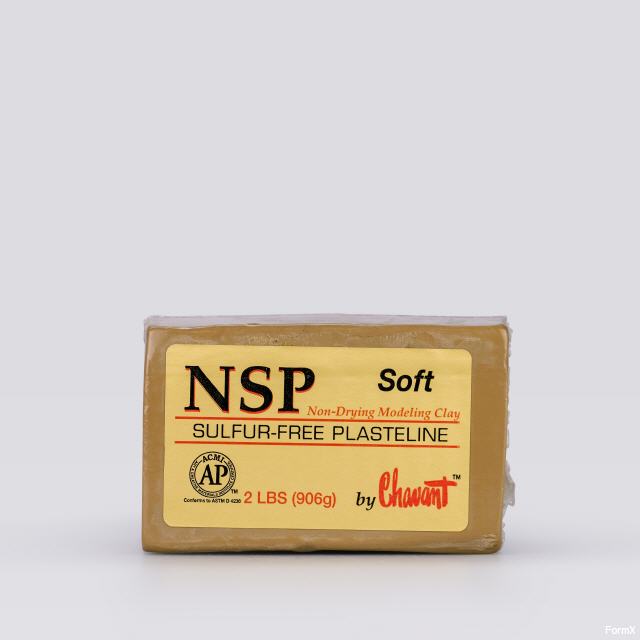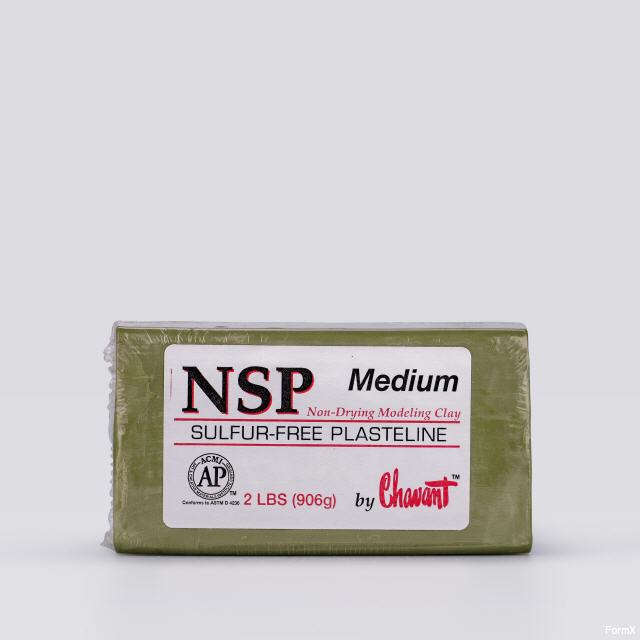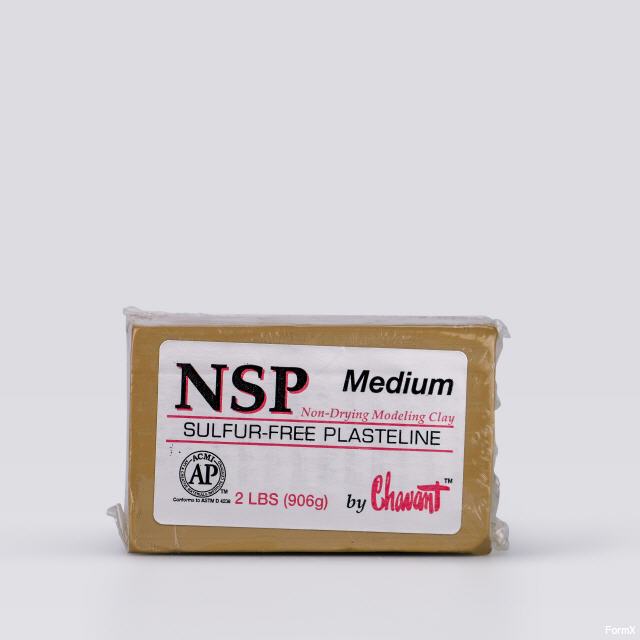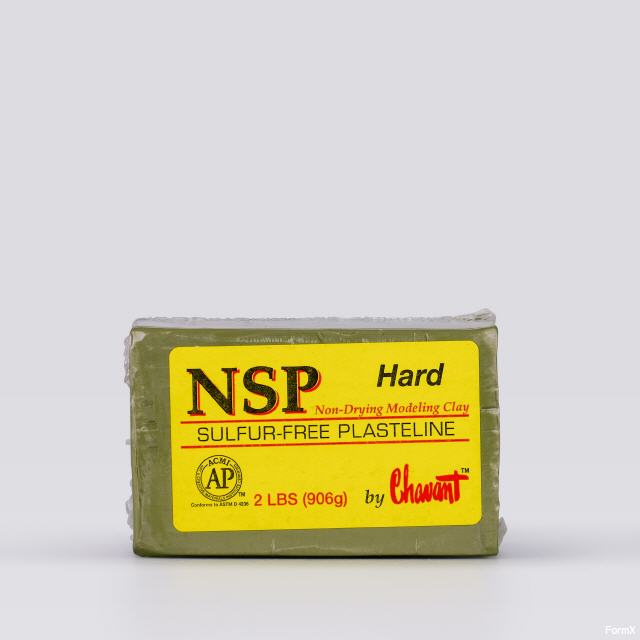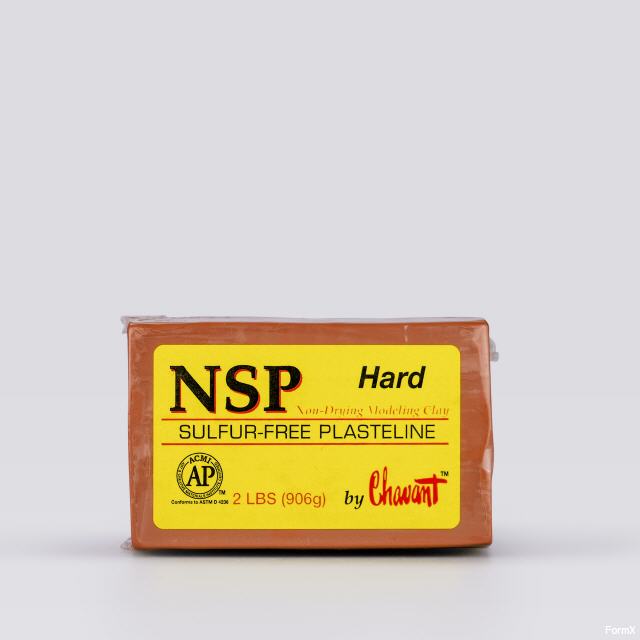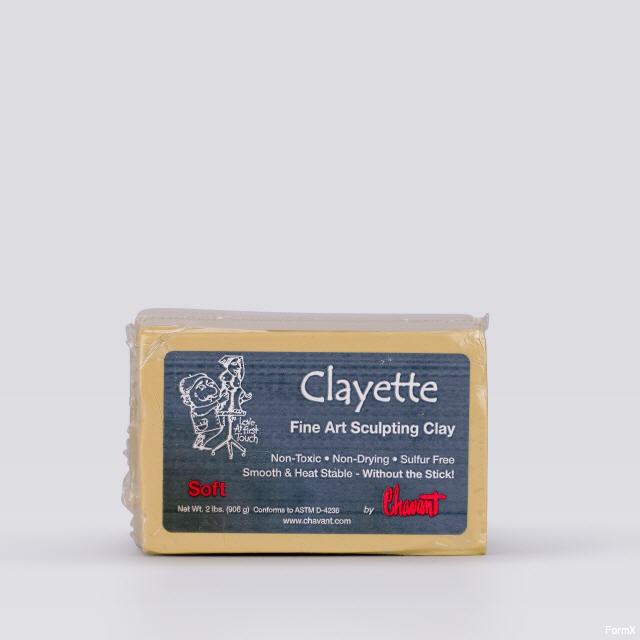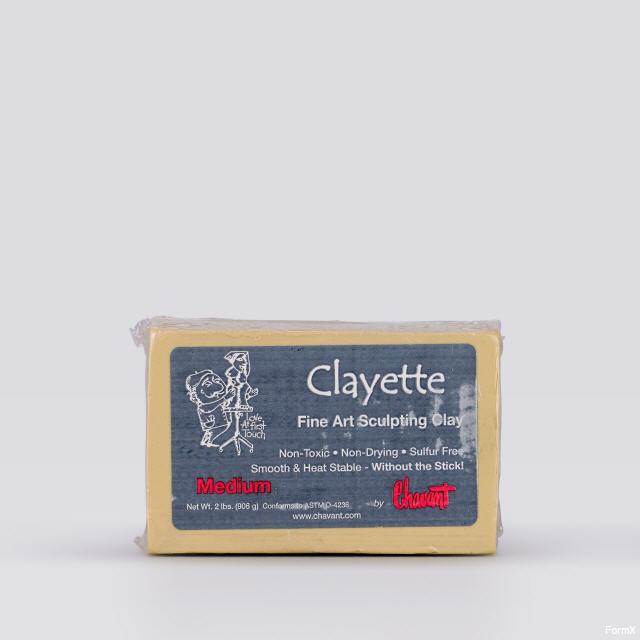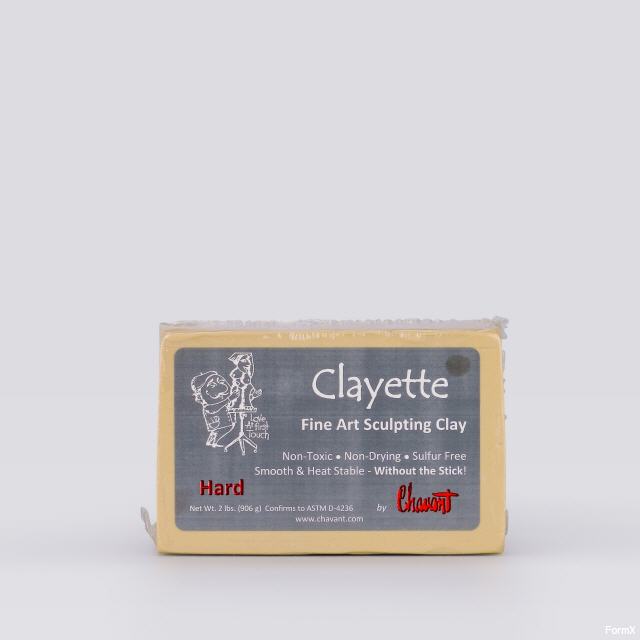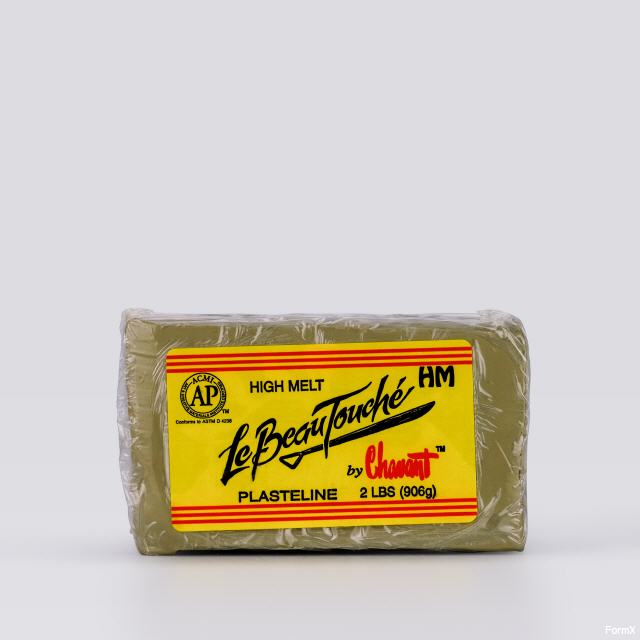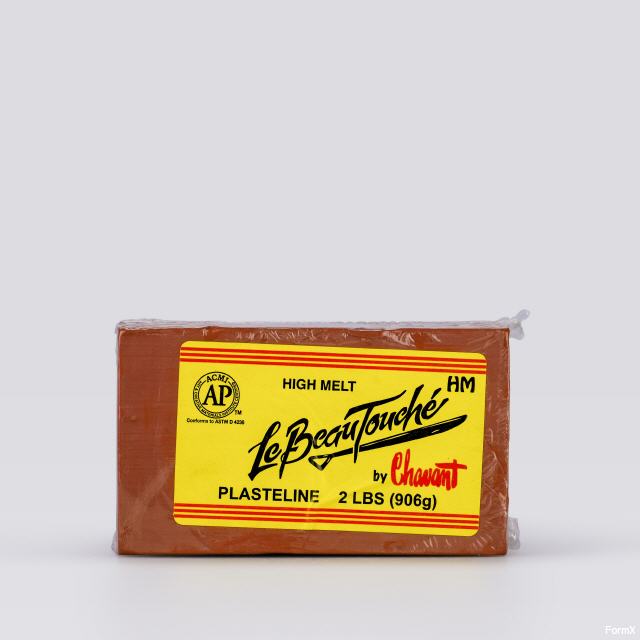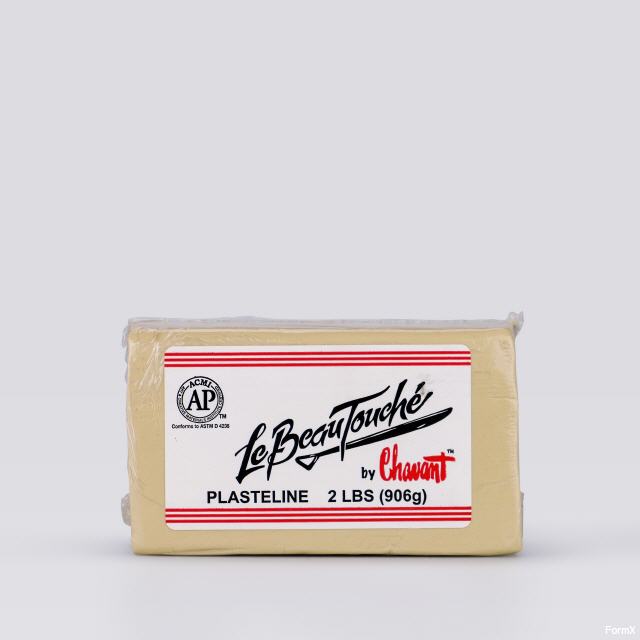- Startseite
- 3D Printers and accessoires
- Formenbau & Gießen
- Silikon-Polykondensation
- Silikon-Polyaddition
- Dragon Skin™ Serie
- Ecoflex™ Serie
- Equinox™ Serie
- Mold Star™ Serie
- Rebound ™ Serie
- Smooth-Sil™ Serie
- Sorta Clear Serie - 'Wasserklare' Silikone
- Body-Double 'Hautsichere' Silikone
- Psycho Paint ™ Silikonfarbe Basis
- Platsil Gel & Deadener
- Rubber Glass
- Encapso™ K
- Solaris ™
- Soma Foama ™ - Silikonweichschaum
- EZ-Brush™ Vac Bag Silicone
- EZ-Spray Platinum Silicones
- Silicone Additives
- Silikone Mattierung & Glättungsmittel
- POLYURETHAN KAUTSCHUCK
- Alginat
- POLYURETHAN HARZ
- POLYURETHAN SCHAUM
- Epoxidharz
- Latex & Schaumlatex
- Mask Making Latex
- Mold Making Latex
- FormX Elastica
- Monstermakers Schaumlatex
- Monstermakers Mask making latex RD-407
- Monstermakers additives & Components
- Holden's Beschichtungs-/Tauchlatex Latex HX-200™
- Holden's HX- Body Latex™ Brushable
- Holden's Mold Making Latex HX-80™
- Holden's Brushable Mold Making Latex HX-974™
- Holden's Mask Making Latex - Pourable HX-407™
- Holden's Mask Making Latex - Brushable HX-807™
- Holden's HX-Cosmetic Latex™
- Holden's Frisket Mask Latex
- Holden's HX-Injection Medium™
- Latex Accessories
- Latex Pigmente
- Latex Paint
- Latex Thickener
- Polyester
- Gips & Zement
- AcrylCast
- Prince August
- Modellieren
- Jesmonite Acryl Systeme
- Buddy Rhodes Beton Systeme
- Additive
- Versiegler & Trennmittel
- Pigments
- Jesmonite Pigments
- Pure Pigments
- Ultra Fine Pigments
- SilcPig® Silikonpigmente
- Glow Worm™
- Cryptolyte Pigmente
- Silc Pig™ Electric
- Siltone Silikonpigmente
- SilTone Kits
- Silicone Pigments - FuseFX Coloring System
- Silicone Coloring System S.A.M
- Key Pigments für Silicone
- Kryolan Flock Faser
- Latex Pigments
- Polyester Pigment
- UVO Pigmente
- SO-Strong Pigmente
- Ignite
- Real Metal Powders 2
- Cast Magic™ Powders
- Faux Metal Powders 2
- Farbe
- Maker Pro Paint™
- Maker Pro Paint™ Metallics
- Maker Pro Paint™ Fluorescent
- Vallejo Acrylfarbe
- Vallego Acrylic Metalfarbe
- Maker Pro Paint Additive
- Vallejo Acrylic Mud
- Vallejo Primers and Laquer
- Psycho Paint ™ Silikonfarbe Basis
- Latexfarbe
- Latex Paint Base
- FFX LY-series paints
- FFX F-series paint
- FFX M-series paints
- jesmonite paint
- Füllmittel und Veredelung
- Lösungsmittel & Verdünner
- Klebstoffe
- Werkzeuge
- Grime & Maske
- Rubber Mask Grease Paint
- Skin Illustrator Paletten
- Skin Illustrator Liquid
- FleshTone 60ml
- FleshTone 120ml
- Dark FleshTone 60ml
- Dark FleshTone 120ml
- FX 60ml
- FX 120ml
- FX 240ml
- Complexion 60ml
- Complexion 120ml
- Alchemy 60ml
- Alchemy 120ml
- Grunge 60ml
- Grunge 120ml
- Grunge 240ml
- Mardi Gras Liquids 60ml
- Mardi Gras Liquids 120ml
- Necromania 60ml
- Mekash Colors 60ml
- Clear Gloss 60ml & 120ml
- Glo-Worm 60ml & 120ml
- Tattoo Classic 60ml & 120ml
- Sunburn
- Alphabetical all
- Skin Illustrator Singles
- Skin Illustrator Glazing Gel (Glacierungs Gel)
- Skin Illustrator Glazing Spray (Glacierungs Spray)
- Skin Illustrator Concentrates
- Skin Illustrator Mouth FX
- Allied FX (Blue Bird)
- RipperFX Palettes
- Stacolor Paletten
- PAX Paints Thomas Suprenant
- MaqPro Farde Palettes
- Tattoo Sheets
- MaqPro Make-Up Mixer
- MaqPro Creamy
- MaqPro Bruise Gel
- Grime Pinsel
- Old Age Stipple
- Stamps & Molds
- Sponges and Applicators
- Head Armatures
- FormX Tools
- Kryolan Make-Up
- Ausrüstung
- Spezial Effekte
- Prosthetische Materialien
- Marken
- FormX Academy
- Anwendungen
- Literatur
Chavant Plasticine
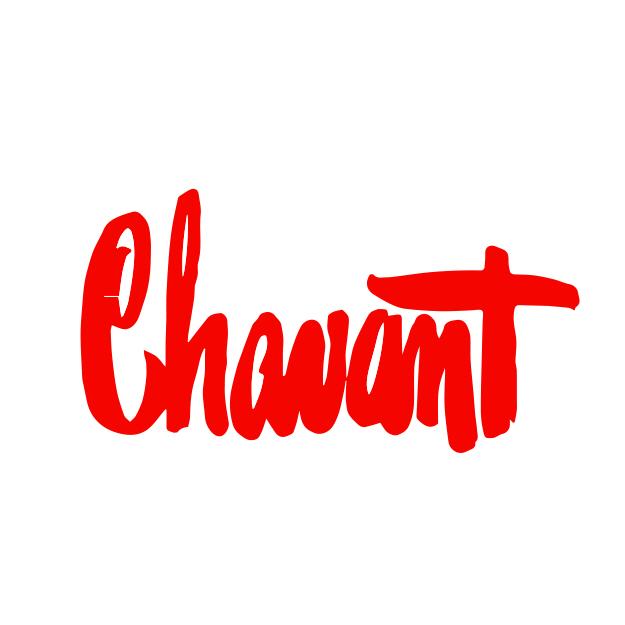
Chavants Oil-based clays or plasticines are made from various combinations of oils, waxes, and clay minerals. Because the oils do not evaporate like water, oil-based clays remain malleable even when left in dry environments for long periods. Articles made from oil-based clays cannot be fired.
Oil-based clays are also suitable for the creation of detailed sculptures from which molds can be made. Castings and reproductions can then be produced from much more durable materials. Cars and airplanes may be created using industrial design-grade modelling clay.
- Chavant
- Info
Castilene Produkte
Y2K Clay
NSP-Soft
NSP-Medium
NSP-Hard
Clayette
Le Beau Touche
Reproducing the model
The finished clay model will have some sort of reproduction mold (rubber, plaster, fiberglass) taken from the clay's surface. Once the mold is made, a permanent material can be cast out of the mold or the lost wax process can begin to create a bronze. Completed projects that begin as clay models can range from Heroic size bronzes to full size automotive designs, from graphic props to moving monsters and from jewelry design to children's toys.
Choosing
Various clay projects may require specific characteristics that are often difficult to define. Client's requirements will occasionally vary from project to project but most importantly a clay body will usually be chosen based on the personal preference of the worker. Questions or alternative characteristics that all sculptors will consider when selecting a clay body may include:
- Simply, what feels right
- what works in a certain climate
- what is best for making molds
- what sticks best to an armature material
- what clay doesn't smell
- what holds technical detail
- what works best for a loose style
- is the clay hard or soft enough?
Le Beau Touché and Le Beau Touché HM: can be heated to a semi molten state, to brush or trowel, at
approximately 185-210 oF, however it will not reach a viscosity suitable to pour.
NSP: can be brushed at 180 oF and poured at 185 oF. When cooled, the clay tends to feel harder than the original
but can be kneaded back to a firmness and consistency similar to the original clay. Repeated cycle of melting and
cooling will eventually cause irreversible hardening.
Y2 Klay: can be brushed at 180 oF. Flow improves with higher temperature and can be poured at around 195-210
oF; the higher the temperature, the better the flow. However, after the clay cools, the hardness is proportional to
the melt temperature. The increase in hardness is irreversible.
Hilfe bei der Auswahl
Produkte nach Anwendung sortiert, z. B.:Lifecasting, Bildhauerei, Gießen, Special FX Make-up, Zahnprothesen Special FX, Studium.
Ihr One-Stop-Shop für 3D-Modelling-Materialien
